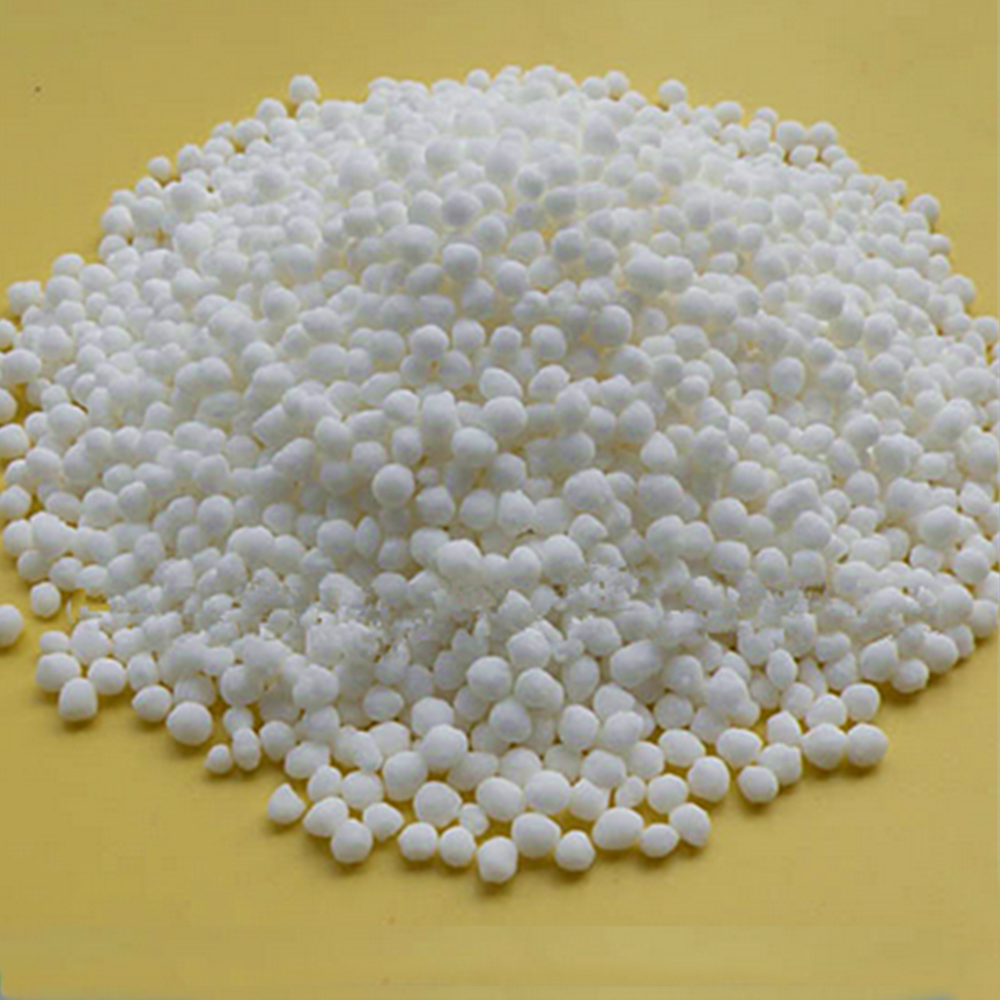



Lead Nitrate Molecular Weight - Calculation and Properties
Understanding Lead Nitrate Molecular Weight and Its Significance
Lead nitrate, a chemical compound with the formula Pb(NO₃)₂, is an inorganic salt often encountered in various industrial and laboratory settings. This compound is notable for its use in various applications, including as a reagent in organic synthesis, in the production of lead-based pigments, and in the manufacture of explosives. To comprehend the implications of lead nitrate in these contexts, it is essential to understand its molecular weight, as this property plays a critical role in stoichiometric calculations and the assessment of its interactions with other chemicals.
The molecular weight of lead nitrate can be calculated by summing the atomic weights of all the atoms present in its formula. Lead (Pb) has an atomic weight of approximately 207.2 g/mol, nitrogen (N) has an atomic weight of about 14.01 g/mol, and oxygen (O) has an atomic weight of approximately 16.00 g/mol. Lead nitrate consists of one lead atom, two nitrogen atoms, and six oxygen atoms, leading to the following calculation
1. Lead 1 × 207.2 g/mol = 207.2 g/mol 2. Nitrogen 2 × 14.01 g/mol = 28.02 g/mol 3. Oxygen 6 × 16.00 g/mol = 96.00 g/mol
Adding these values together gives the molecular weight of lead nitrate
lead nitrate molecular weight

\[ \text{Molecular Weight of Pb(NO₃)₂} = 207.2 + 28.02 + 96.00 = 331.22 \text{ g/mol} \]
This molecular weight of approximately 331.22 g/mol is crucial for various practical applications. In laboratory settings, accurate measurements of chemicals are paramount. When preparing solutions and conducting stoichiometric calculations, knowing the molecular weight allows chemists to determine the proper quantities required for reactions. For instance, if a chemist needs to prepare a specific molarity of lead nitrate solution, understanding its molecular weight becomes essential to calculate the mass needed to achieve that concentration.
Beyond laboratory applications, understanding the molecular weight of lead nitrate can also have implications in environmental science and toxicology. Lead compounds are known for their toxicity, and lead nitrate is no exception. Its molecular weight is significant when assessing its potential impact on health and the environment. For instance, regulations regarding lead exposure often rely on precise calculations of lead concentrations in various mediums, ranging from soil and water to air. Thus, the ability to accurately quantify lead nitrate based on its molecular weight is vital for ensuring compliance with safety standards and for conducting risk assessments.
In conclusion, the molecular weight of lead nitrate (approximately 331.22 g/mol) is a fundamental property that facilitates its use across various fields, including chemistry, environmental science, and industry. Understanding this aspect not only aids in practical applications but also contributes to ensuring safety and environmental protection. As research continues to uncover the effects of lead compounds on health and ecosystems, the importance of such fundamental chemical properties cannot be overstated.
-
High-Purity Strontium Chloride (SrCl2) for Lab & IndustryNewsAug.31,2025
-
Anhydrous Formic Acid 80% 85% 94% - High Purity SolutionsNewsAug.30,2025
-
Accurate Fire Assay Flux for Gold & Silver Ore AnalysisNewsAug.29,2025
-
Advanced Paint Chem Solutions: Quality Chemicals for CoatingsNewsAug.28,2025
-
Potassium Nitrate: The Ultimate Fertilizer for Agriculture and GardeningNewsAug.25,2025
-
Potasium Persulphate: A Versatile Chemical for Industrial ApplicationsNewsAug.25,2025
-
Industrial Applications of Sodium HydroxideNewsAug.25,2025










